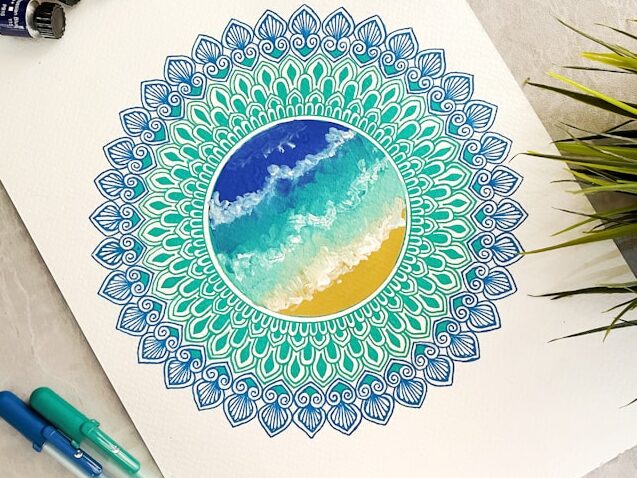Psychodrama and Mandalas: A Powerful Combination for Healing and Self-Discovery
Introduction
Psychodrama and mandalas may seem like unrelated therapeutic tools—one involving dramatic role-playing, the other intricate circular art—but research reveals they share a powerful common goal: accessing the subconscious to promote healing.
Psychodrama, developed by psychiatrist Jacob L. Moreno, helps individuals reenact life events to gain insight, while mandalas (Sanskrit for “circle”) have been used for centuries in Buddhist, Hindu, and Jungian psychology to foster mindfulness and self-integration.
Modern studies now confirm that combining these methods can enhance emotional processing, reduce anxiety, and accelerate personal growth. In this article, we’ll explore the science behind their synergy and practical ways to use them together.
Part 1: The Science of Psychodrama
How Psychodrama Rewires the Brain
Psychodrama isn’t just acting—it’s a neuroscience-backed therapy that:
- Processes Trauma: A 2017 meta-analysis found psychodrama significantly reduces PTSD symptoms by allowing safe reexamination of past events (The Arts in Psychotherapy).
- Activates Mirror Neurons: Role-playing engages brain cells that help us empathize with ourselves and others (Rizzolatti & Craighero, 2004).
- Improves Relationships: Studies show it enhances emotional intelligence and conflict-resolution skills (Journal of Group Psychotherapy, 2020).
Part 2: The Healing Power of Mandalas
Why Mandalas Calm the Mind
Mandalas aren’t just pretty designs—they’re tools for neurological regulation:
- Reduce Anxiety: Coloring mandalas lowers cortisol levels more effectively than free-form drawing (Art Therapy, 2005).
- Reveal the Subconscious: Carl Jung found mandalas reflect inner psychological states (Jung, 1972).
- Promote Focus: Their symmetry activates brain regions linked to meditation (Schweitzer et al., 2018).
Part 3: The Synergy of Psychodrama + Mandalas
Why They Work Better Together
- Dual-Brain Processing
- Psychodrama engages the verbal, logical left brain through dialogue.
- Mandalas activate the visual, intuitive right brain through imagery.
- Combined, they create whole-brain integration (Journal of Clinical Psychology, 2016).
- Emotional Grounding
- Psychodrama can surface intense emotions; mandalas provide a structured way to contain them (Henderson et al., 2007).
- Accelerated Insight
- A 2019 study found that expressive arts (like mandalas) + drama therapy deepen self-awareness faster than either alone (The Arts in Psychotherapy).
Practical Applications
1. The “Role-Play to Mandala” Technique
- After a psychodrama session, draw a mandala to:
- Symbolize the emotions that arose.
- Integrate insights visually.
- Study: Gussak (2015) showed this reduces emotional overwhelm.
2. Mandala Warm-Up for Psychodrama
- Coloring a mandala before role-playing can:
- Lower anxiety about sharing (Art Therapy, 2012).
- Help participants access deeper feelings.
3. Group Workshops
- Creating group mandalas before psychodrama builds trust and cohesion (Journal of Creativity in Mental Health, 2021).
Conclusion
Psychodrama and mandalas are individually effective, but together, they form a complete system for healing—one that engages both mind and body, logic and intuition. Whether you’re a therapist or exploring self-growth, this combination offers a unique path to emotional freedom.
Ready to try making a mandala with our free tool: mandalagenius.com



